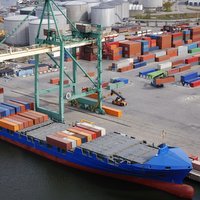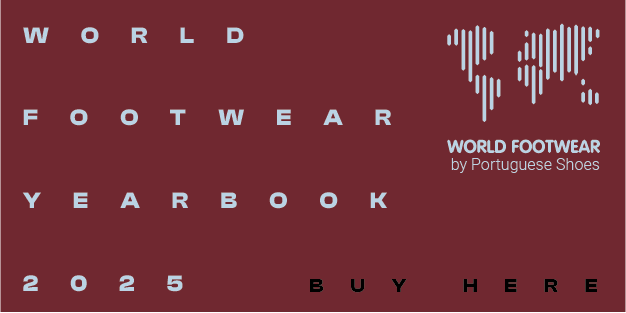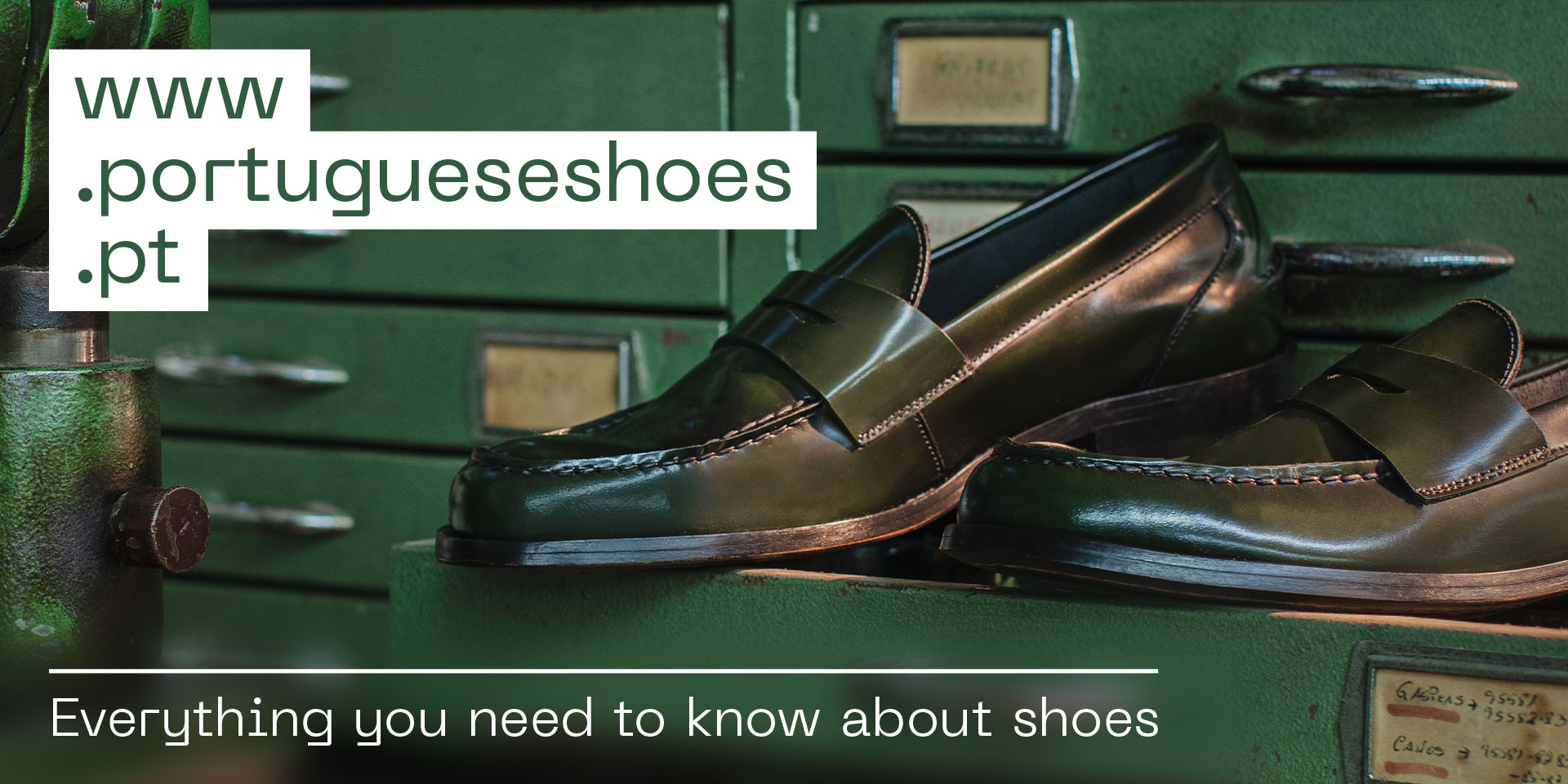EU and Vietnam seal trade agreement

The two regions reached an understanding for a free trade agreement. This will open one of Asia’s fastest-growing economies and a consumer market of more than 90 million people to EU companies
The agreement, resulting from two-and-a-half years of talks between Brussels and Hanoi, will remove nearly all tariffs on goods traded between the two economies once it is fully in place. European Commissioner Malmström stated: "We have a deal. This finely balanced agreement will boost trade with one of Asia’s most dynamic economies. It sets a new, better and modern model for Free Trade Agreements between the EU and developing countries, and establishes a good standard for the trade relationship between the EU and South East Asia as a whole", adding: “new opportunities for companies on both sides, by increasing market access for goods and services. Over 31 million jobs in Europe depend on exports, so having easier access to a growing and fast developing market like Vietnam, with its 90 million consumers, is great news.”
The negotiating teams will now continue the process, settling some remaining technical issues and finalizing the legal text, which will then need to be approved by the Council and the European Parliament.
This agreement, announced by the European authorities as the first of its kind between the EU and a developing country, will have a transition period allowing Vietnam to adapt and is expected to break new ground for other agreements. The European Commission confirmed that besides eliminating tariffs, Vietnam will also remove almost all of its export duties, resulting this agreement in new market access opportunities in services and investment.
According to the European Commission, in 2014, the EU was the second trading partner for Vietnam after China (not including trade within ASEAN), representing 10% of total Vietnamese trade. The EU was Vietnam’s second export destination (after the US), with the EU purchasing as much as 18% of Vietnam's global exports. The same source indicated that in 2014, EU-Vietnam trade in goods was worth over 28.2 billion euros, with 22.1 billion euros of imports from Vietnam into the EU and 6.2 billion euros of exports from the EU to Vietnam.
Vietnam's key export items to the EU include telephone sets, electronic products, footwear, textiles and clothing, coffee, rice, seafood, and furniture. EU exports to Vietnam, meanwhile, are dominated by high-tech products including electrical machinery and equipment, aircraft, vehicles, and pharmaceutical products.
Regarding the impacts for the footwear industry, Mr. Le Xuan Duong, from Lefaso (Vietnam Leather, Footwear and Handbag Association) has praised the benefits of a deal that will result in “export duties for footwear from Vietnam to EU will be totally cut down to 0% after 7 years after effective of EVFTA (EU - Vietnam Free Trade Agreement). Most of sport, canvas and protective shoes will have 0% duty right after effectiveness, but leather shoes will have 0% after 5-7 years to protect EU producers”.
Mr Duong also added the advantages of this agreement for his country as one of China’s main competitors, but warned for some of the rules of origin issues: “With EVFTA effectiveness in 1-2 years to come, Vietnam will take advantage over Chinese and other countries exporting footwear to EU due to lower import duties. But, as about 60% of material and accessories for footwear production in Vietnam are imported from China, Korea, Taiwan… Vietnamese footwear will have to face with the “rules of country of origin” set by EVFTA.”
Lefaso has no questions about the importance of foreign direct investment (FDI) in the fast increase of footwear production from Vietnam during recent years, and they even estimate that in 2014 FDI occupied 77% of total export turnover of Vietnamese footwear. In this sense, the EVFTA will be a way of attracting more FDI to come for larger production in Vietnam for export to EU in the years to come.
The negotiating teams will now continue the process, settling some remaining technical issues and finalizing the legal text, which will then need to be approved by the Council and the European Parliament.
This agreement, announced by the European authorities as the first of its kind between the EU and a developing country, will have a transition period allowing Vietnam to adapt and is expected to break new ground for other agreements. The European Commission confirmed that besides eliminating tariffs, Vietnam will also remove almost all of its export duties, resulting this agreement in new market access opportunities in services and investment.
According to the European Commission, in 2014, the EU was the second trading partner for Vietnam after China (not including trade within ASEAN), representing 10% of total Vietnamese trade. The EU was Vietnam’s second export destination (after the US), with the EU purchasing as much as 18% of Vietnam's global exports. The same source indicated that in 2014, EU-Vietnam trade in goods was worth over 28.2 billion euros, with 22.1 billion euros of imports from Vietnam into the EU and 6.2 billion euros of exports from the EU to Vietnam.
Vietnam's key export items to the EU include telephone sets, electronic products, footwear, textiles and clothing, coffee, rice, seafood, and furniture. EU exports to Vietnam, meanwhile, are dominated by high-tech products including electrical machinery and equipment, aircraft, vehicles, and pharmaceutical products.
Regarding the impacts for the footwear industry, Mr. Le Xuan Duong, from Lefaso (Vietnam Leather, Footwear and Handbag Association) has praised the benefits of a deal that will result in “export duties for footwear from Vietnam to EU will be totally cut down to 0% after 7 years after effective of EVFTA (EU - Vietnam Free Trade Agreement). Most of sport, canvas and protective shoes will have 0% duty right after effectiveness, but leather shoes will have 0% after 5-7 years to protect EU producers”.
Mr Duong also added the advantages of this agreement for his country as one of China’s main competitors, but warned for some of the rules of origin issues: “With EVFTA effectiveness in 1-2 years to come, Vietnam will take advantage over Chinese and other countries exporting footwear to EU due to lower import duties. But, as about 60% of material and accessories for footwear production in Vietnam are imported from China, Korea, Taiwan… Vietnamese footwear will have to face with the “rules of country of origin” set by EVFTA.”
Lefaso has no questions about the importance of foreign direct investment (FDI) in the fast increase of footwear production from Vietnam during recent years, and they even estimate that in 2014 FDI occupied 77% of total export turnover of Vietnamese footwear. In this sense, the EVFTA will be a way of attracting more FDI to come for larger production in Vietnam for export to EU in the years to come.











